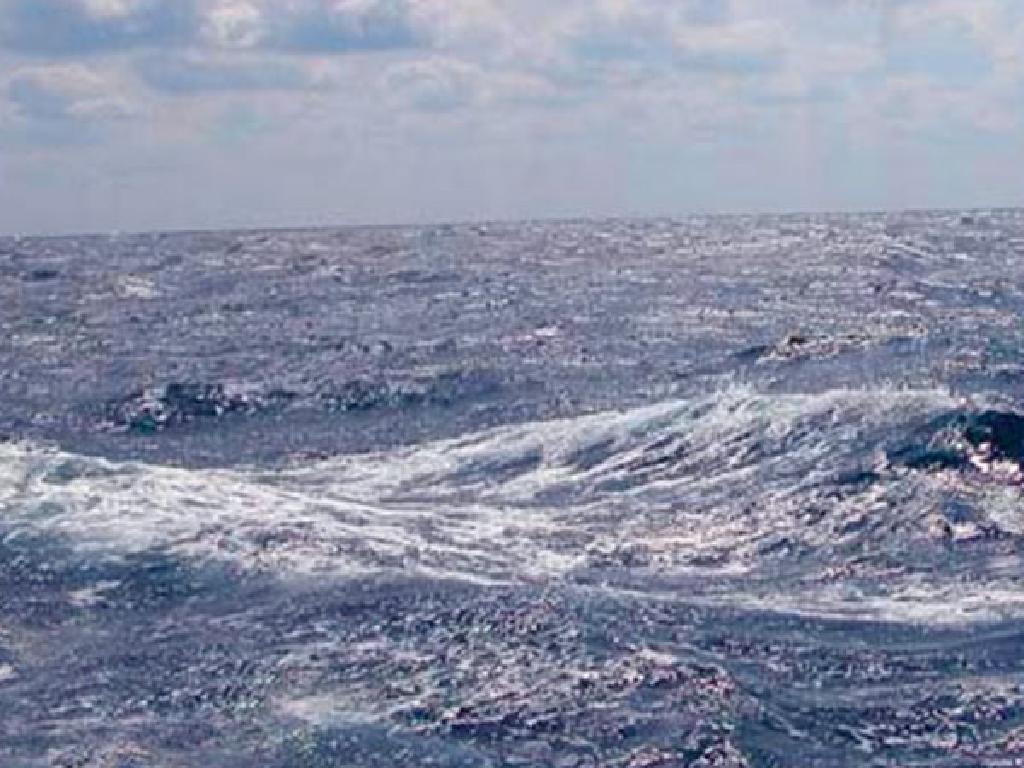Country Profile: Japan
Subject: Social studies
Grade: Seventh grade
Topic: Asia: Society And Environment
Please LOG IN to download the presentation. Access is available to registered users only.
View More Content
Welcome to Japan: Land of the Rising Sun
– Explore Japan’s unique identity
– An island nation with a rich history and culture
– Japan’s society and environment
– Learn about Japan’s social structures and natural landscapes
– Significance of global awareness
– Understanding different societies enhances global connections
– Engaging with diverse cultures
– Appreciating cultural differences broadens perspectives
|
This slide introduces students to Japan, setting the stage for a lesson on its society and environment. Japan, known as the Land of the Rising Sun, offers a unique blend of traditional and modern influences. Today’s lesson will cover various aspects of Japanese life, from its bustling cities to serene natural settings, and the social norms that guide its people. Emphasize the importance of learning about different countries to foster a sense of global citizenship and understanding. Encourage students to think about how exploring diverse cultures can enrich their own lives and perspectives. This introduction should spark curiosity and prepare students for a deeper dive into Japan’s societal and environmental attributes.
Exploring Japan’s Geography
– Japan’s location in East Asia
– Situated off the eastern coast of Asia, surrounded by sea
– The Japanese Archipelago
– Consists of four main islands: Honshu, Hokkaido, Kyushu, and Shikoku
– Diverse terrain: mountains and volcanoes
– Home to majestic Mount Fuji and numerous hot springs
– Climate variations across Japan
– Ranges from cold winters in Hokkaido to subtropical in Okinawa
|
This slide introduces students to the geography of Japan, emphasizing its location, the archipelago formation, and diverse natural features. Japan is an island nation in East Asia, located in the Pacific Ocean. It consists of four main islands, each with its own unique geography and climate. The country is known for its mountainous landscapes, active volcanoes, and areas of stunning natural beauty, such as Mount Fuji. Japan’s climate varies from the cold northern regions of Hokkaido to the subtropical climate in the southern islands like Okinawa. Understanding Japan’s geography is essential for comprehending its culture, society, and environmental challenges. Encourage students to explore how Japan’s geography has influenced its history and development.
Japanese Society: A Cultural Overview
– Japan’s population dynamics
– Consists of mostly ethnic Japanese and a small number of minorities
– Language and scripts of Japan
– Japanese is the primary language, using Kanji, Hiragana, and Katakana scripts
– Traditions and cultural practices
– Tea ceremonies, martial arts, and festivals like Hanami
– Family and community roles
– Strong emphasis on harmony, respect, and collective well-being
|
This slide aims to give students a glimpse into the rich and unique aspects of Japanese society. Japan has a largely homogeneous population with a strong sense of national identity. The Japanese language, with its complex writing system, is a key part of cultural identity. Students should explore various traditions such as tea ceremonies, which reflect the aesthetic and philosophical values of Japan. The role of family and community is central to understanding Japanese society, where group interests often take precedence over individual desires. Encourage students to compare these aspects with their own culture to foster a deeper understanding of societal differences and similarities.
Government and Economy of Japan
– Japan’s political structure
– Constitutional monarchy with a parliamentary system of government.
– Global economic influence
– Japan is a key player in international trade and finance.
– Major industries and technology
– Leaders in automobile, electronics, robotics, and high-speed trains.
– Economic impact on society
– Balancing economic growth with societal welfare and environmental protection.
|
This slide provides an overview of Japan’s government and economy. Japan operates under a constitutional monarchy where the Emperor’s role is ceremonial, and a parliamentary government runs the country. As a significant contributor to the global economy, Japan is known for its technological innovations and is a powerhouse in various industries, including automotive and electronics. Students should understand how Japan’s economic decisions influence global markets and the importance of technological advancements in maintaining economic status. Additionally, discuss the challenges Japan faces in ensuring that economic development does not come at the expense of social and environmental well-being. Encourage students to think about how economic activities can affect their daily lives and the environment.
Environmental Challenges in Japan
– Japan’s natural disasters
– Prone to earthquakes and tsunamis due to its location in the Pacific Ring of Fire.
– Conservation efforts
– Policies include recycling laws and wildlife protection.
– Urbanization impact
– Cities expand affecting wildlife habitats and natural resources.
– Sustainability approach
– Innovations in technology for eco-friendly living.
|
This slide aims to educate students on the environmental challenges Japan faces, including frequent natural disasters like earthquakes and tsunamis due to its geographical position. Highlight Japan’s proactive environmental policies and conservation efforts, such as strict recycling laws and measures to protect endangered species. Discuss the effects of rapid urbanization on the environment, including habitat destruction and resource depletion. Lastly, explore Japan’s commitment to sustainability through technological advancements and initiatives to reduce carbon emissions. Encourage students to think critically about how these challenges and solutions can be applied globally.
Japanese Culture and Influence
– Traditional Japanese arts
– Tea ceremony, calligraphy, martial arts
– Japan’s pop culture impact
– Anime, manga, video games loved worldwide
– Global reach of Japanese cuisine
– Sushi, ramen: Japanese dishes enjoyed globally
– Japan’s technological contributions
– Innovations in electronics, automotive industries
|
This slide explores the rich cultural tapestry of Japan, highlighting both traditional and modern elements that have shaped its identity and global influence. Traditional arts such as the tea ceremony, calligraphy, and martial arts offer a glimpse into Japan’s historical customs and aesthetics. Pop culture phenomena like anime, manga, and video games have become international sensations, captivating audiences worldwide. Japanese cuisine, with its emphasis on flavor and presentation, has gained immense popularity, with dishes like sushi and ramen becoming staples in many countries. Lastly, Japan’s technological advancements in electronics and the automotive sector have cemented its status as a global innovator. Encourage students to discuss how these cultural aspects contribute to Japan’s identity and consider their own experiences with Japanese culture.
Class Activity: Exploring Japan
– Form groups for a travel brochure
– Include geography and society details
– Cover Japan’s landscape, climate, and major cities
– Add cultural and environmental info
– Highlight traditional customs, food, arts, and modern lifestyle
– Present and discuss interesting facts
– Share Japan’s efforts in sustainability and nature conservation
|
This activity is designed to engage students with Japan’s diverse aspects by creating a travel brochure. Divide the class into small groups, each tasked with researching and compiling information about Japan’s geography, society, culture, and environmental practices. Encourage creativity in the brochure design and thoroughness in content. After completion, each group will present their brochure, focusing on what they found most interesting. This will help students learn from each other and appreciate different perspectives. Possible activities: one group could focus on historical sites, another on Japan’s technological advancements, a third on culinary traditions, and a fourth on environmental policies.

/early_republic_us_history.jpg)




